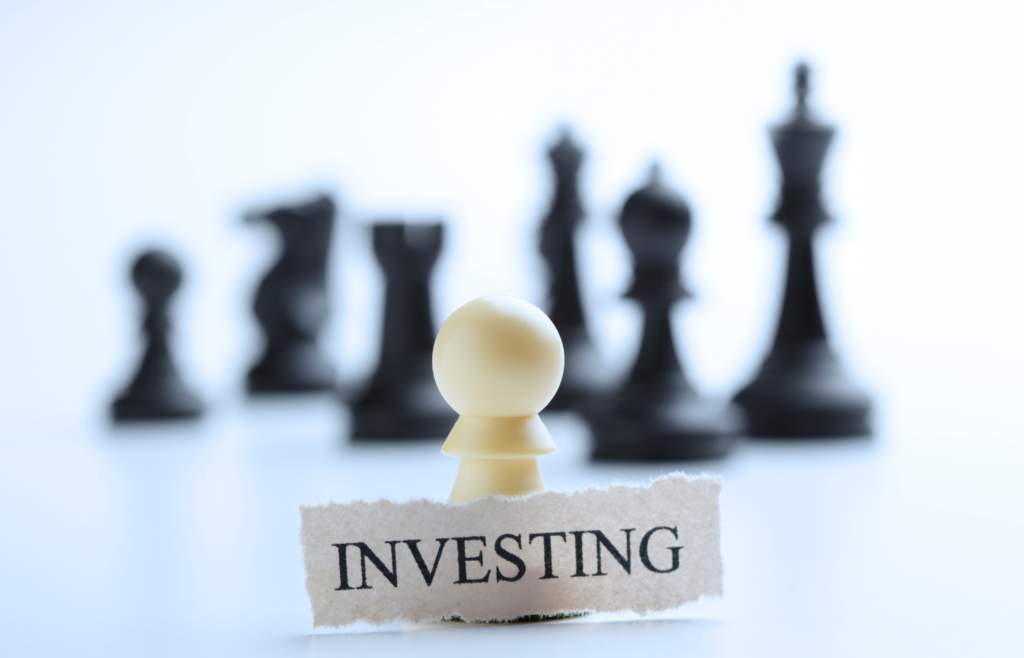Investing has traditionally been viewed through the lens of financial returns, but a paradigm shift is underway as more investors seek to align their portfolios with their values. Impact investing, a relatively recent phenomenon, stands in contrast to traditional investing by placing a dual emphasis on financial gains and positive social and environmental outcomes.
We continue our Investing in Change series by comparing impact investing and traditional investing. Let us explore the nuances, challenges, and opportunities associated with each approach.
What is Impact Investing?
Impact investing is fundamentally driven by the desire to create positive change beyond financial profit. It involves deploying capital into companies, organisations, and projects that aim to address and solve pressing social and environmental challenges.
The objective in impact investing is to generate a “double bottom line” – a combination of measurable positive impact and competitive financial returns. Unlike traditional investing, where financial metrics are the primary yardstick of success, impact investing places equal importance on its societal and environmental contributions.
What is Traditional Investing?
Traditional investing, on the other hand, is rooted in the pursuit of financial returns as the ultimate goal. Investors typically seek opportunities that promise the highest return on investment, often without explicit consideration for the broader social or environmental consequences of their choices.
The primary focus of traditional investing is on maximising profits within the constraints of regulatory and ethical standards.
What are the Key Differences?

Objectives
- Impact Investing – The primary goal is to generate positive, measurable social and environmental impact alongside financial returns.
- Traditional Investing – The primary goal is to maximise financial returns within established risk parameters.
Metrics of Success
- Impact Investing – Success is measured not only by financial metrics but also by the quantifiable positive change achieved in addressing specific societal or environmental issues.
- Traditional Investing – Success is predominantly measured by financial metrics such as return on investment, profitability, and market performance.
Investment Criteria
- Impact Investing – Investment decisions are guided by a set of environmental, social, and governance (ESG) criteria, ensuring that the chosen investments align with ethical and responsible values.
- Traditional Investing – Investment decisions are primarily based on financial indicators, market trends, and historical performance.
Risk and Return Trade-off
- Impact Investing – Acknowledges that the pursuit of social or environmental impact may involve a trade-off with traditional financial returns.
- Traditional Investing – Emphasises optimising risk and return without explicit consideration for societal or environmental impact.
Shared Challenges
While impact investing brings a fresh perspective to the financial landscape, it is not without its challenges. Some shared challenges between impact and traditional investing include:
Measuring Impact
Both impact and traditional investing grapple with the complexity of accurately measuring and reporting impact. It is difficult for both types of investing to establish standardised metrics.
Risk Management
Impact investing may involve unique risks associated with the achievement of societal or environmental goals. Balancing these risks with financial considerations is a common challenge.
Market Perception
Both impact and traditional investing face the challenge of changing market perceptions. Impact investing seeks to demonstrate that positive societal impact can coexist with financial success, challenging traditional views.
Integration and Synergy
Rather than framing impact and traditional investing as mutually exclusive, a growing trend suggests that they can coexist and even complement each other. Investors are increasingly exploring ways to integrate impact considerations into traditional investment strategies, recognising the potential for enhanced long-term performance through a more holistic approach.
ESG Integration
Traditional investors are incorporating environmental, social, and governance (ESG) criteria into their decision-making processes, aligning more closely with impact investing principles.
Thematic Investing
Investors are adopting thematic approaches within traditional portfolios, incorporating themes such as clean energy, diversity, and sustainability.
Impact-Focused Funds
Asset managers are launching funds that integrate both impact and traditional investment strategies, offering investors a diversified approach that considers financial returns alongside broader societal and environmental goals.
The Role of Regulation
Regulatory bodies are increasingly recognising the importance of aligning financial markets with broader societal objectives. The integration of impact considerations into regulatory frameworks signals a growing acceptance of impact investing as a legitimate and influential force in the financial landscape.
Choosing the Right Type of Investing for You

Impact investing and traditional investing are not necessarily mutually exclusive from each other. They both represent different points along a spectrum of financial strategies.
Impact investing challenges the notion that financial success must come at the expense of positive societal and environmental outcomes. This approach offers a compelling alternative for investors driven by a desire for purpose-driven capital deployment.
As the financial landscape continues to evolve, it is important to have a nuanced understanding of the strengths and limitations of both approaches. The future of finance may lie in a balanced integration of impact and traditional investing, where the pursuit of financial returns aligns seamlessly with the commitment to creating a positive and sustainable impact on the world.
For more news & insights, stay tuned to the AIC website.

